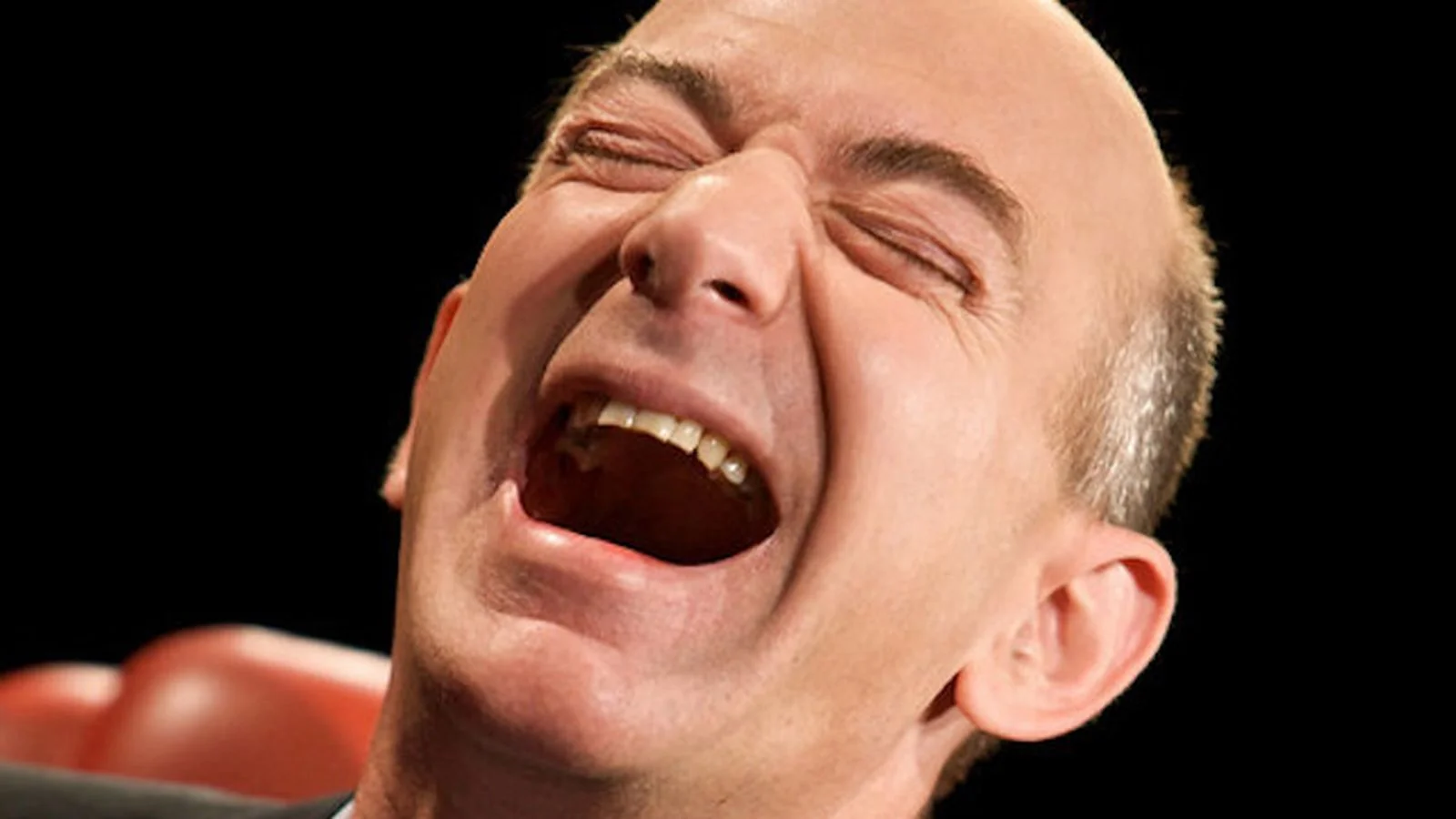Amazon, Kiva Robots, and the Widening Moat
/Travel time by warehouse pickers typically accounts for 50-60% of the total order fulfillment costs and considering that Amazon ships upwards of 5 billion items per year , optimizing the order fulfillment process has an enormous impact on Amazon’s bottom line. In 2012, Amazon acquired Kiva for $775 million and rolled out robots in their distribution centers in 2014.
From Quartz, paraphrasing a Deustche Post report published on June 14th on the impact robots are having on Amazon’s order fulfillment process:
These robots are not only more efficient but they also take up less space than their human counterparts. That means warehouse design can eventually be modified to have more shelf space and less wide aisles. At the end of the third quarter of 2015, Amazon was using 30,000 Kiva robots across 13 warehouses. Each Kiva-equipped warehouse can hold 50% more inventory per square foot than centers without robots. In turn, the company’s operating costs have been sliced by 20%—or almost $22 million—per warehouse. If Kiva robots are dispatched to the rest of the 110 Amazon warehouses, the tech giant could save almost $2.5 billion, according to Deutsche Bank.
And in 2015, Amazon renamed Kiva to Amazon Robotics and encouraged prospective users of Kiva technology to let Amazon Robotics and Amazon Services provide fulfillment within Amazon warehouses using Amazon robots. In addition, existing Kiva customers will no longer be supported within the next 3-5 years.
Beyond the obvious benefit of reduction in costs to fulfill an order, the main takeaways for me are:
- Prime Now: Cutting 'click to ship' to 15 minutes is an amazing feat and further strengthens Amazon's position in the same delivery market.
- Warehouse Space: Due to space savings, if Amazon is able to effectively deploy the robots to smaller warehouses, Amazon could open many more automated smaller sized warehouses in order to bring last mile delivery costs down.
- Competition: How many retailers will be able to match Amazon's expertise with automation? This is a major cost advantage for Amazon and many retailers may be better served to outsource order fulfillment to Amazon; if you can't beat them, join them.
As I have written previously, the future of retail lies in marrying the desire for convenience with the desire of immediacy (thanks to Amazon), and retailers will need to make warehouse automation an operational priority in a hurry, but it still may be too late and too big of a moat to cross for most.
I cover forward-looking topics that are relevant for everyone interested in the future of logistics. You can read more articles here or sign-up for a free monthly newsletter here.











